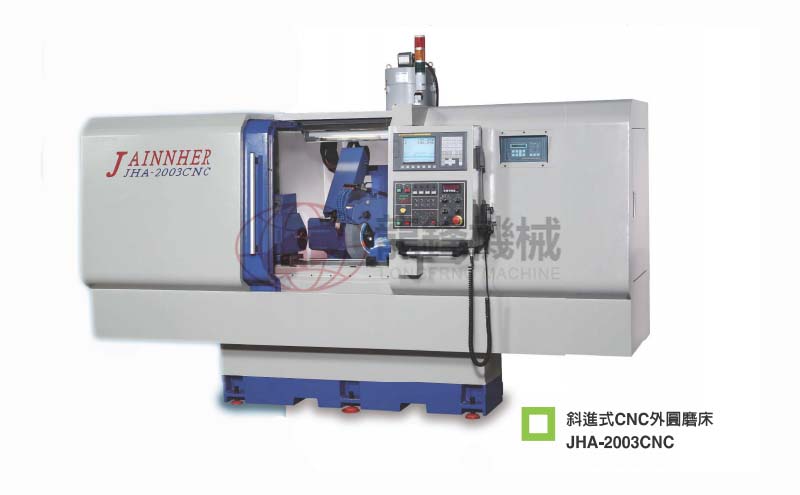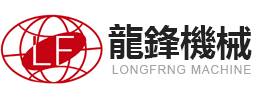The processing of high-precision mirror core often involves multiple processes, such as grinding, polishing, etc. These treatments may indeed have a certain impact on its corrosion resistance while improving the surface smoothness of the core.
During the mirror processing, the microstructure of the shaft core surface will change. For example, grinding and polishing can cause a certain degree of distortion and deformation of the metal lattice structure on the surface of the shaft core. This microstructural change may disrupt the originally dense oxide film of the metal, which can normally serve to isolate the metal from external corrosive media. Once the oxide film is damaged, the contact area between the metal and the corrosive medium increases, making corrosion reactions more likely to occur, thereby reducing the corrosion resistance of the shaft core. In addition, some mirror treatment processes may introduce impurities on the surface of the shaft core, which may become active sites for corrosion reactions in specific corrosive environments, accelerating the corrosion process.

To solve the problem of decreased corrosion resistance of high-precision mirror core after processing, various measures can be taken as follows. Firstly, in the selection of shaft core materials, priority should be given to metal materials with good corrosion resistance, such as stainless steel, titanium alloys, etc. These materials can effectively resist the erosion of common corrosive media by their alloy properties while forming a mirror surface. Secondly, after mirror treatment, additional surface protection treatment is applied to the shaft core. For example, by using electroplating technology, a corrosion-resistant metal such as chromium, nickel, etc. is plated on the surface of the shaft core. The chrome plating layer not only has high hardness, which can further enhance the wear resistance of the shaft core surface, but also has good chemical stability, which can effectively block the contact between corrosive media and the shaft core substrate metal. Furthermore, using chemical conversion coating technology, such as anodizing treatment, a dense oxide film is generated on the surface of the shaft core. Taking aluminum alloy shaft cores as an example, the oxide film formed after anodizing treatment has a moderate thickness, high hardness, and a porous structure, which can further improve its corrosion resistance through subsequent sealing treatment. In addition, using organic coatings is also an effective protective measure. Coating a layer of organic coating with good corrosion resistance on the surface of the shaft core, such as epoxy resin paint, polyurethane paint, etc., can build a protective barrier between the shaft core and the external environment, effectively preventing the penetration of corrosive media.
In summary, although the processing of high-precision mirror core may affect its corrosion resistance, by selecting materials reasonably, optimizing processing technology, and taking effective protective measures, its corrosion resistance can be significantly improved, ensuring the stable and reliable operation of the core in various complex environments.








